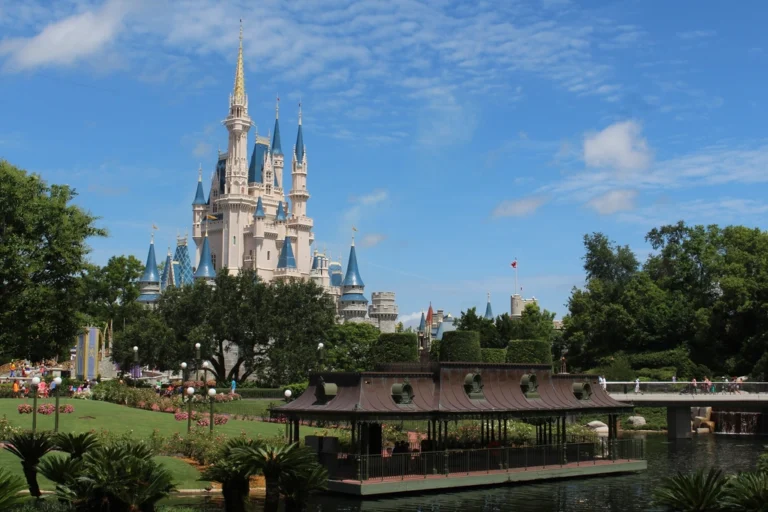The Ultimate Tokyo Travel Guide
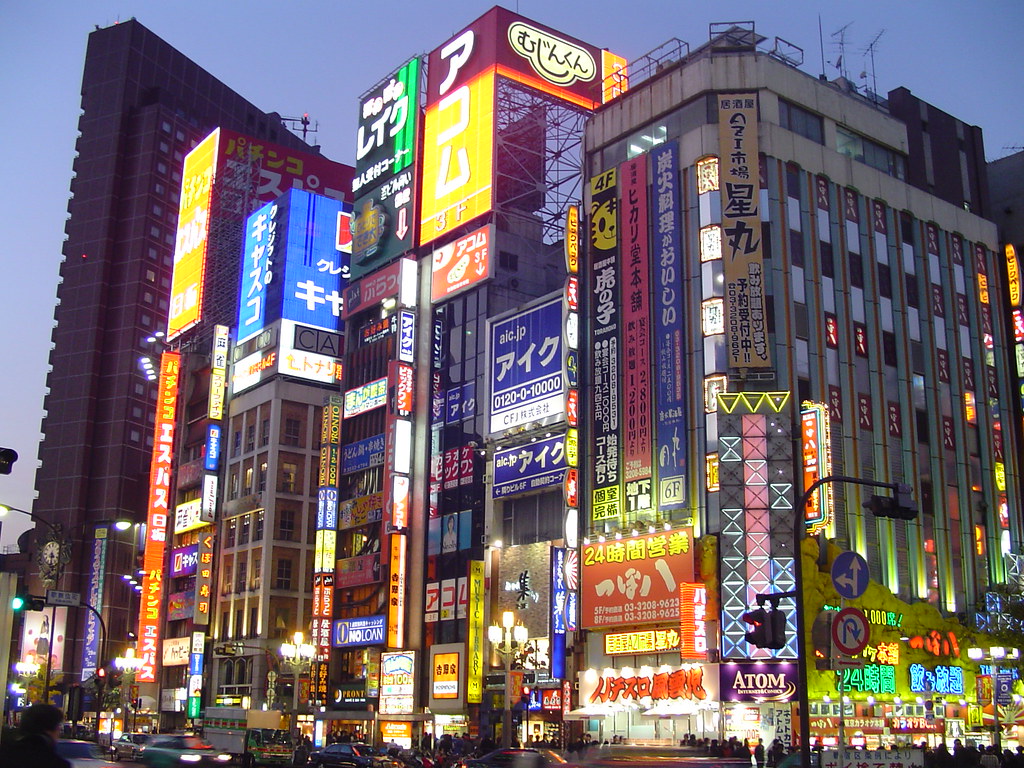 This article
This article
Tokyo, a city where ancient traditions seamlessly blend with cutting-edge technology, offers visitors an unparalleled travel experience. This comprehensive guide will help you navigate Japan’s bustling capital and plan unforgettable day trips from Tokyo to nearby attractions, including the iconic Mount Fuji.
includes affiliate links, which help support our content at no extra cost to you.
Planning Your Trip to Tokyo
Best Time to Visit
Tokyo experiences four distinct seasons, each offering unique experiences. Spring (March to May) brings cherry blossoms and comfortable temperatures, making it the most popular time for tourists. Fall (September to November) offers similarly pleasant weather and stunning autumn foliage. Summer (June to August) can be hot and humid with occasional rain, while winter (December to February) is cold but relatively dry with occasional snow.
Getting Around
Getting around Tokyo is easy once you understand the basics. The city’s train and subway system connects every part of the city efficiently, though it might seem complex at first.
Start by getting a transit card from any station. These rechargeable cards let you tap in and out of any train or bus without buying individual tickets. If you’re planning day trips outside the city on bullet trains, consider buying a rail pass before your trip to Japan—it can save you money.
The city’s main train line makes a loop around central Tokyo, stopping at all major areas. Think of it like a circle—you can’t get lost since it eventually returns to where you started. The subway lines run across the city in all directions, filling in any gaps.
Avoid traveling during morning rush hour (7:30-9:30 AM) and evening rush hour (5:30-7:30 PM) when trains get extremely packed. While taxis are everywhere, they’re expensive—save them for late nights or rainy days when you have heavy bags. Local buses can be handy for reaching places between train stations, and they use the same transit card as the trains.
With long days of exploring Tokyo and navigating its transit system, a portable charger ensures your phone stays powered for maps, translations, and travel updates.
Must-Visit Districts in Tokyo
Shibuya
This bustling district is home to the world’s busiest crosswalk, where thousands of people cross at once – it’s an amazing sight, especially at night. Head up to the new observation deck for stunning views over the city. The area is packed with modern shops, bright screens, and young crowds.
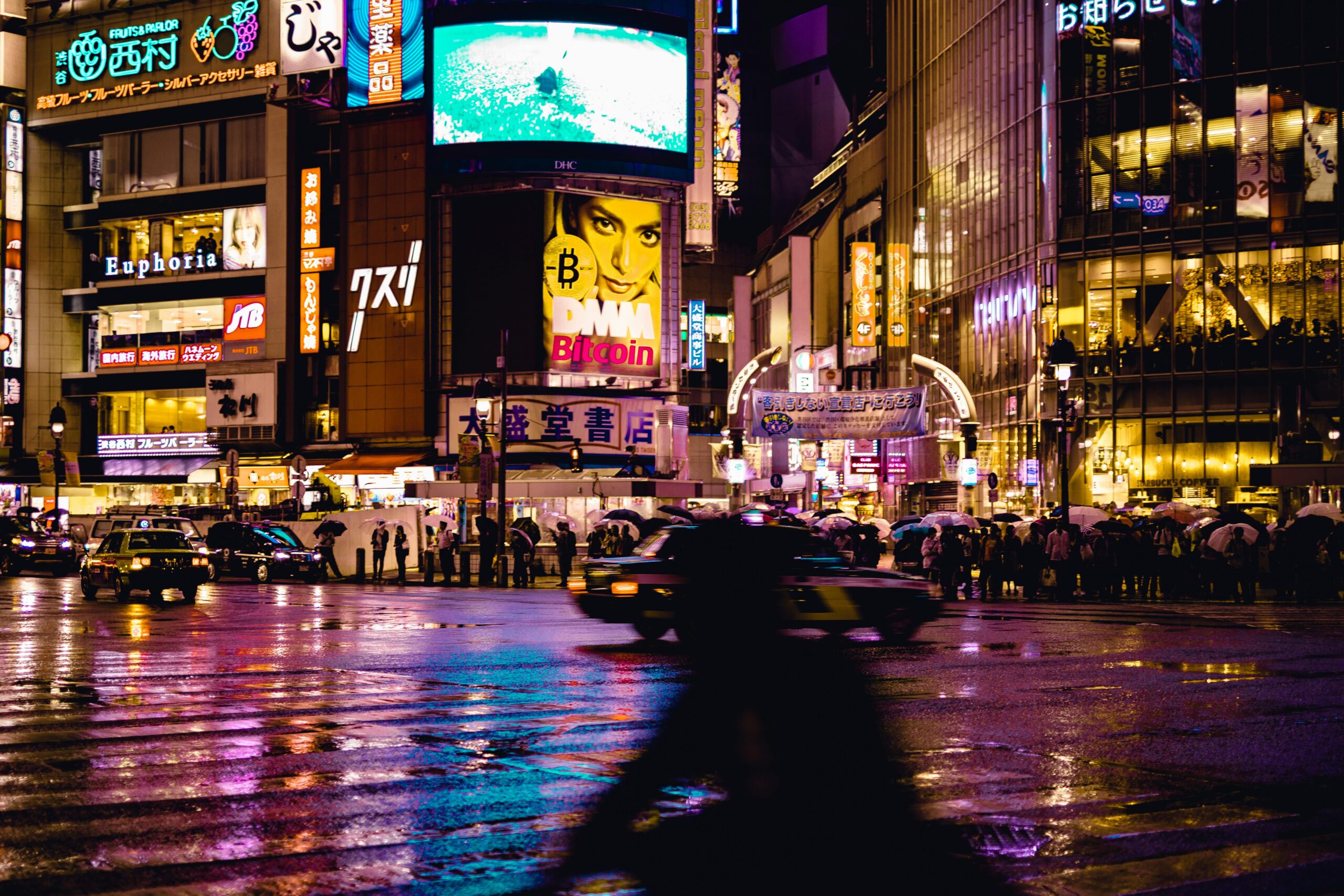
Shinjuku
This area transforms from a business hub by day to an entertainment paradise at night. Visit the government building for free views of the city – you can even spot Mount Fuji on clear days. Explore the narrow streets filled with tiny, unique bars, or relax in one of the city’s most beautiful parks. The mix of skyscrapers and peaceful gardens makes this area special.

Asakusa
Want to see what old Tokyo looked like? This district feels like stepping back in time. The centerpiece is the city’s oldest temple, with its massive red lantern and beautiful gardens. The shopping street leading to it is perfect for buying traditional crafts and trying local snacks. It’s especially magical in the evening when lanterns light up the streets.
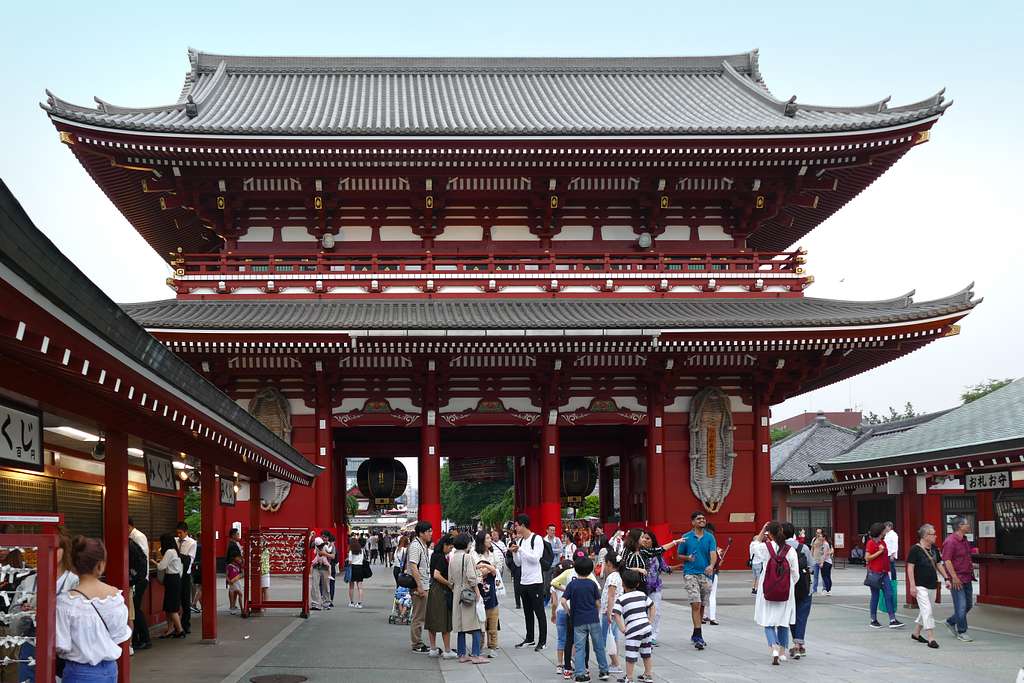
Harajuku
This is Tokyo’s trend-setting neighborhood, where you’ll find the latest fashion and unique street styles. The main shopping street is always buzzing with young people and filled with quirky cafes and affordable fashion shops. Just around the corner, you’ll find an elegant tree-lined avenue with designer stores and stunning modern architecture.
How’s that? Each area is described in simple terms without overusing local names, making it easier to understand what makes each district special. Would you like me to rephrase any other sections in this style?
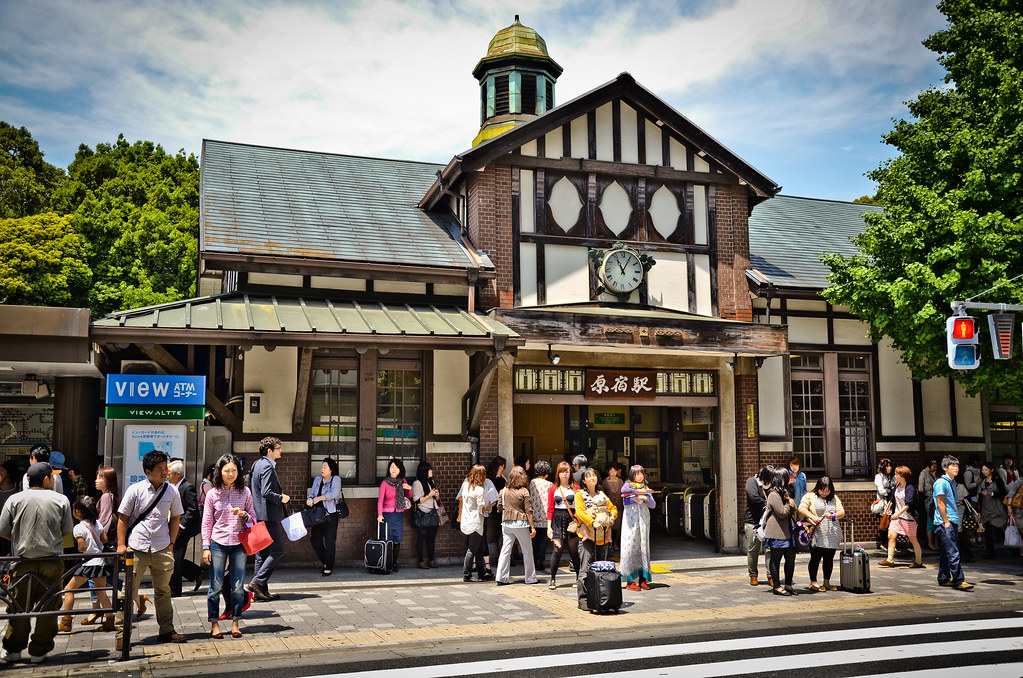
Budget Planning
Accommodation
- Luxury hotels: ¥40,000+ per night.
- Mid-range hotels: ¥15,000–30,000 per night.
- Budget hotels/hostels: ¥3,000–8,000 per night.
Daily Expenses
- Transportation: ¥1,000–2,000.
- Meals: ¥3,000–8,000.
- Attractions: ¥1,000–3,000 per site.
- Shopping: Variable.
Cultural Experiences
Traditional Culture
Experience Japan’s rich traditions by booking a tea ceremony, trying on a kimono, or watching a classic stage performance at a historic theater. Many venues offer English guidance, making these experiences more accessible to visitors. For a hands-on approach, consider a calligraphy class or a traditional drumming (taiko) workshop. The Nezu Museum showcases exquisite traditional art alongside a beautifully landscaped garden.
Modern Culture
Step into Tokyo’s vibrant pop culture scene in Akihabara, where you can explore themed cafés, browse manga stores, and try out the latest arcade games. For a mesmerizing digital art experience, visit teamLab Borderless. Animation fans shouldn’t miss the Ghibli Museum (advance booking required), while contemporary art lovers can enjoy cutting-edge exhibitions at the Mori Art Museum, which also offers breathtaking city views.
Culinary Delights
From high-end dining to casual street food, Tokyo’s food scene is a paradise for every palate. Start your morning with fresh sushi at the Tsukiji Outer Market, savor a bowl of ramen at Tokyo Ramen Street, or enjoy the lively izakaya atmosphere in Shinjuku and Shibuya.
With over 200 Michelin-starred restaurants, Tokyo is home to some of the finest sushi, tempura, and modern fusion cuisine. For more affordable bites, visit department store food halls, where you’ll find an incredible selection of ready-to-eat dishes and desserts. Standing sushi bars offer high-quality sushi at reasonable prices, while narrow alleyways (yokocho) provide an authentic taste of local nightlife.
Food Districts
- Explore Kichijoji’s charming food alleys
- Sample street food in Ameya-Yokocho Market
- Try high-end dining in Ginza
- Experience unique themed restaurants in Shibuya
Mt. Fuji Day Trip from Tokyo
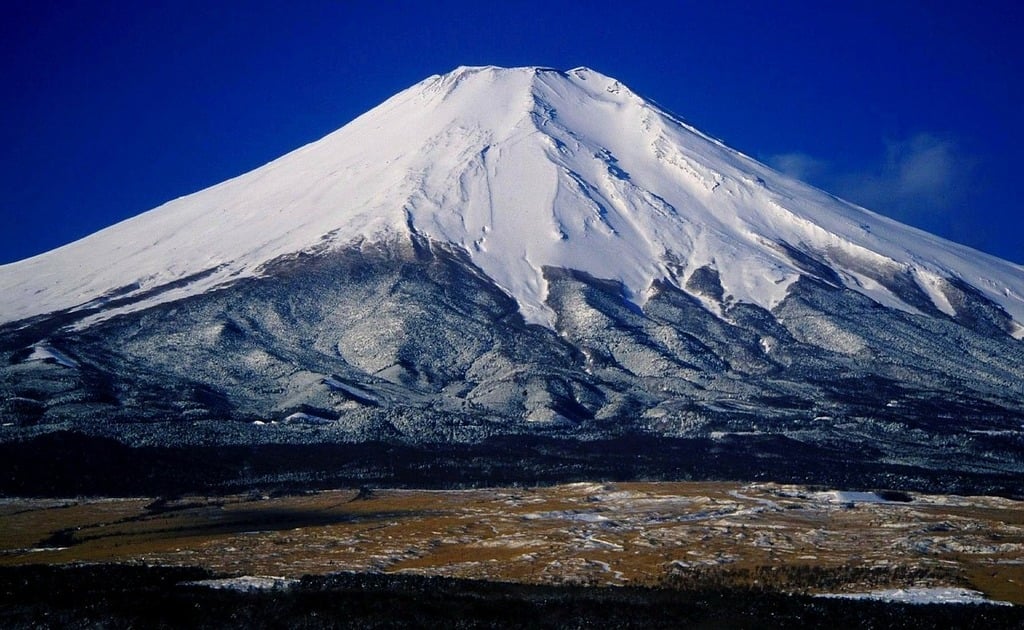
A day trip to Mt. Fuji is a must for visitors to Tokyo. While the iconic mountain is sometimes visible from the city on clear days, seeing it up close offers breathtaking views and unforgettable experiences. Here’s how to plan your visit:
Getting There
- Take a highway bus from Shinjuku Station (about 2.5 hours).
- Book a guided tour with transportation included.
- Use the JR Pass to reach Kawaguchiko Station.
Best Viewing Spots
- Chureito Pagoda – A postcard-perfect view of Mt. Fuji with traditional architecture in the foreground.
- Lake Kawaguchiko – The northern shore offers stunning reflection shots.
- Mt. Fuji 5th Station – The closest accessible point before the summit.
Things to Do Around Mt. Fuji
- Explore the Fuji Five Lakes region.
- Relax in a traditional hot spring with mountain views.
- Try Hoto noodles, a local specialty.
- Shop at Gotemba Premium Outlets for discounted designer brands.
Seasonal Considerations
- Winter (best visibility) – Crisp, clear views of Mt. Fuji.
- Spring/Fall (mild temperatures) – Great for sightseeing, though visibility varies.
- Summer (climbing season: July–early September) – Ideal for hikers, but views are often obscured by clouds.
- Check the weather forecast before planning your trip.
Photography Tips
- Early morning offers the best lighting and clearest views.
- Lake Kawaguchiko is perfect for reflection shots.
- Use a polarizing filter to enhance the sky.
- Arrive early at popular spots to avoid crowds.
- Winter shots with snow-capped peaks are especially striking.
Popular Day Trips from Tokyo
Kamakura (1 hour from Tokyo)
- Visit the Great Buddha at Kotoku-in Temple.
- Explore historic temples and shrines.
- Stroll along picturesque beaches.
- Shop for local crafts on Komachi Street.
Hakone (Famous for hot springs and scenic views)
- Ride the Hakone Ropeway for panoramic mountain vistas.
- Visit the Open-Air Museum, featuring art in a natural setting.
- Cruise across Lake Ashi for views of Mt. Fuji.
- Relax in a hot spring bath with a mountain backdrop.
Nikko (UNESCO World Heritage Site)
- Admire the ornate Toshogu Shrine.
- Enjoy mountain scenery and nature trails.
- Visit Lake Chuzenji and Kegon Falls.
Tokyo Travel Essentials
Practical Tips
- Get a pocket WiFi or SIM card for easy navigation.
- Download offline maps and translation apps.
- Carry cash, as some places don’t accept cards.
- Learn basic Japanese phrases for better interactions.
- Wear comfortable shoes—Tokyo involves a lot of walking!
Tech Tips
- Use the Tokyo Metro app for train schedules.
- Check weather apps before outdoor plans.
- Reserve restaurants using TableAll or Gurunavi.
- Have a QR code reader for digital payments.
Cultural Etiquette
- Be quiet on trains and buses.
- Wait for passengers to exit before boarding.
- Speak softly in temples and shrines.
- Ask before taking photos of people.
- Remove hats in temples and shoes where required.
- Use a shopping basket instead of handling items directly.
- Carry a small towel for hand drying in public restrooms.
Safety & Etiquette
- Tokyo is very safe, but stay aware in crowded areas.
- No tipping—it’s not customary in Japan.
- Bow slightly when greeting people.
- Avoid talking loudly on public transport.
Best Photo Spots in Tokyo
- Tokyo Skytree – Panoramic city views.
- Rainbow Bridge – Iconic waterfront scenery.
- Shibuya Crossing – The world’s busiest pedestrian crossing.
- Imperial Palace Gardens – Tranquil historic beauty.
- Sensoji Temple – Traditional and atmospheric.
- Tokyo Tower – A classic city landmark.
Seasonal Events & Festivals
Spring
- Cherry blossom festivals in parks.
- Sanja Matsuri at Sensoji Temple.
- Outdoor art fairs and cultural events.
Summer
- Sumida River Fireworks Festival.
- Lively summer festivals (matsuri).
- Beer gardens with city views.
Fall
- Stunning autumn foliage in parks.
- Tokyo International Film Festival.
- Design and cultural exhibitions.
Winter
- New Year celebrations at temples.
- Winter illuminations throughout the city.
- Tokyo Auto Salon for car enthusiasts.
Shopping in Tokyo
Traditional Souvenirs
- Japanese sweets and snacks.
- Handcrafted ceramics and pottery.
- Tea and sake.
- Artisanal paper and stationery.
- High-quality kitchen knives.
- Handmade chopsticks and lacquerware.
- Local spirits like umeshu and shochu.
Modern Shopping Hotspots
- Electronics – Akihabara.
- Trendy fashion – Harajuku & Shibuya.
- Luxury brands – Ginza.
- Anime & pop culture – Nakano Broadway.
Department Stores
- Isetan Shinjuku – Luxury fashion.
- Mitsukoshi Nihombashi – Traditional crafts.
- Tokyu Hands – Unique lifestyle goods.
- Loft – Trendy accessories and stationery.
- Don Quijote – Discount shopping.
- Daimaru Tokyo – High-end food products.
Final Thoughts
Tokyo offers an unforgettable mix of tradition, innovation, and adventure. From its efficient transport system to its diverse neighborhoods, world-class cuisine, and easy access to scenic day trips, the city has something for every traveler. Whether it’s your first time or a return visit, this guide will help you experience Tokyo to the fullest.

